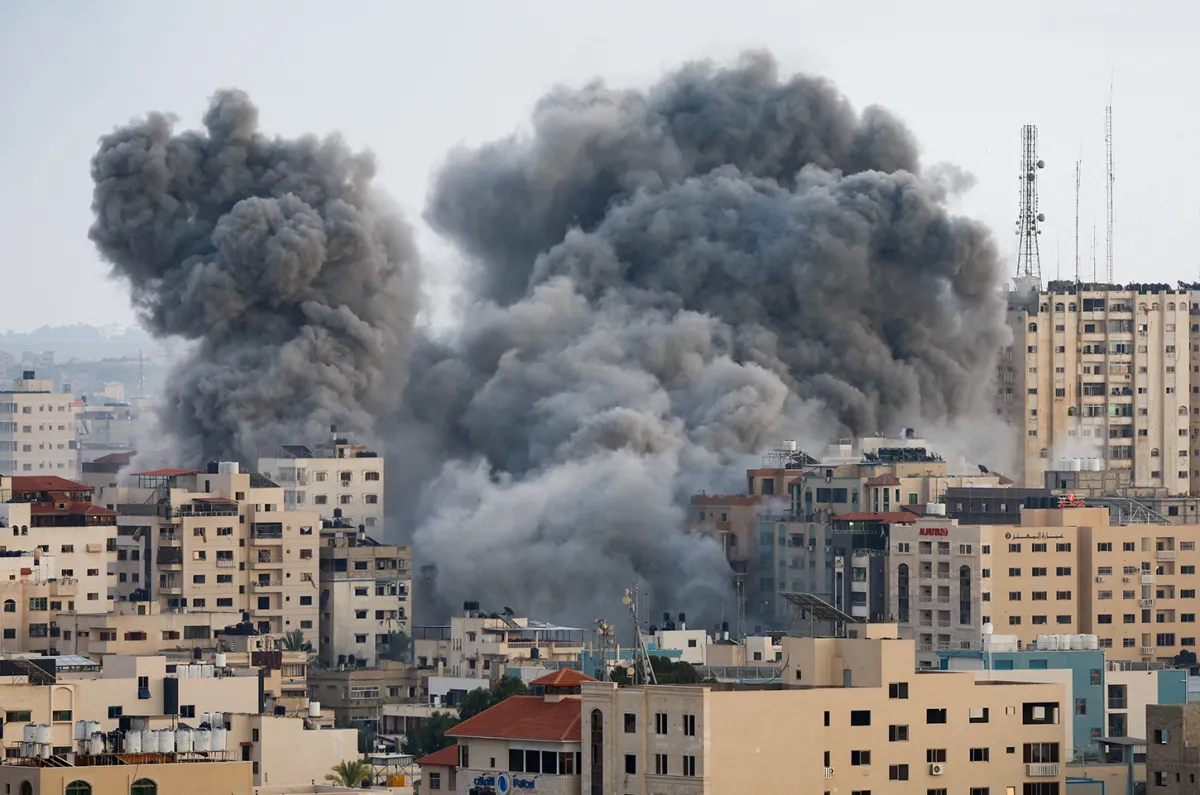
In 1999, the Israeli-Palestinian conflict saw several key developments that shaped the political landscape and influenced the ongoing peace process. Here are some of the significant events from that year:
Renewed Peace Talks: Following Barak's election, there was renewed optimism for the peace process, and negotiations between Israel and the Palestinian Authority (PA) resumed. Both sides expressed a willingness to reach a final status agreement, including on contentious issues such as borders, Jerusalem, settlements, and refugees.
Sharm el-Sheikh Memorandum: In September 1999, Israeli Prime Minister Ehud Barak and Palestinian Authority President Yasser Arafat signed the Sharm el-Sheikh Memorandum in Egypt. The memorandum aimed to revive the implementation of the Oslo Accords and outlined steps for further Israeli withdrawals from Palestinian territories, Palestinian security measures, and confidence-building measures.
Palestinian Legislative Elections: In January 1999, the Palestinian Authority held legislative elections in the West Bank, Gaza Strip, and East Jerusalem. The elections were the first of their kind and were viewed as an important step towards building democratic institutions in Palestinian territories.
Continued Settlement Expansion: Despite peace negotiations, Israeli settlement construction in the occupied Palestinian territories continued to expand in 1999. The expansion of settlements remained a major source of tension and a significant obstacle to the peace process, as Palestinians viewed it as a violation of their territorial rights and a barrier to the establishment of a viable Palestinian state.
Violence and Escalations: While there were periods of relative calm and diplomatic efforts, violence and tensions between Israelis and Palestinians persisted throughout 1999. Incidents of clashes, shootings, and bombings occurred, resulting in casualties on both sides and undermining trust and confidence in the peace process.
Overall, 1999 was a year marked by both hopeful developments, such as the election of Ehud Barak and the resumption of peace talks, as well as ongoing challenges and obstacles, including settlement expansion and violence. The events of 1999 reflected the complex and protracted nature of the Israeli-Palestinian conflict and the difficulties in reaching a lasting and comprehensive peace agreement.
Thank You..
